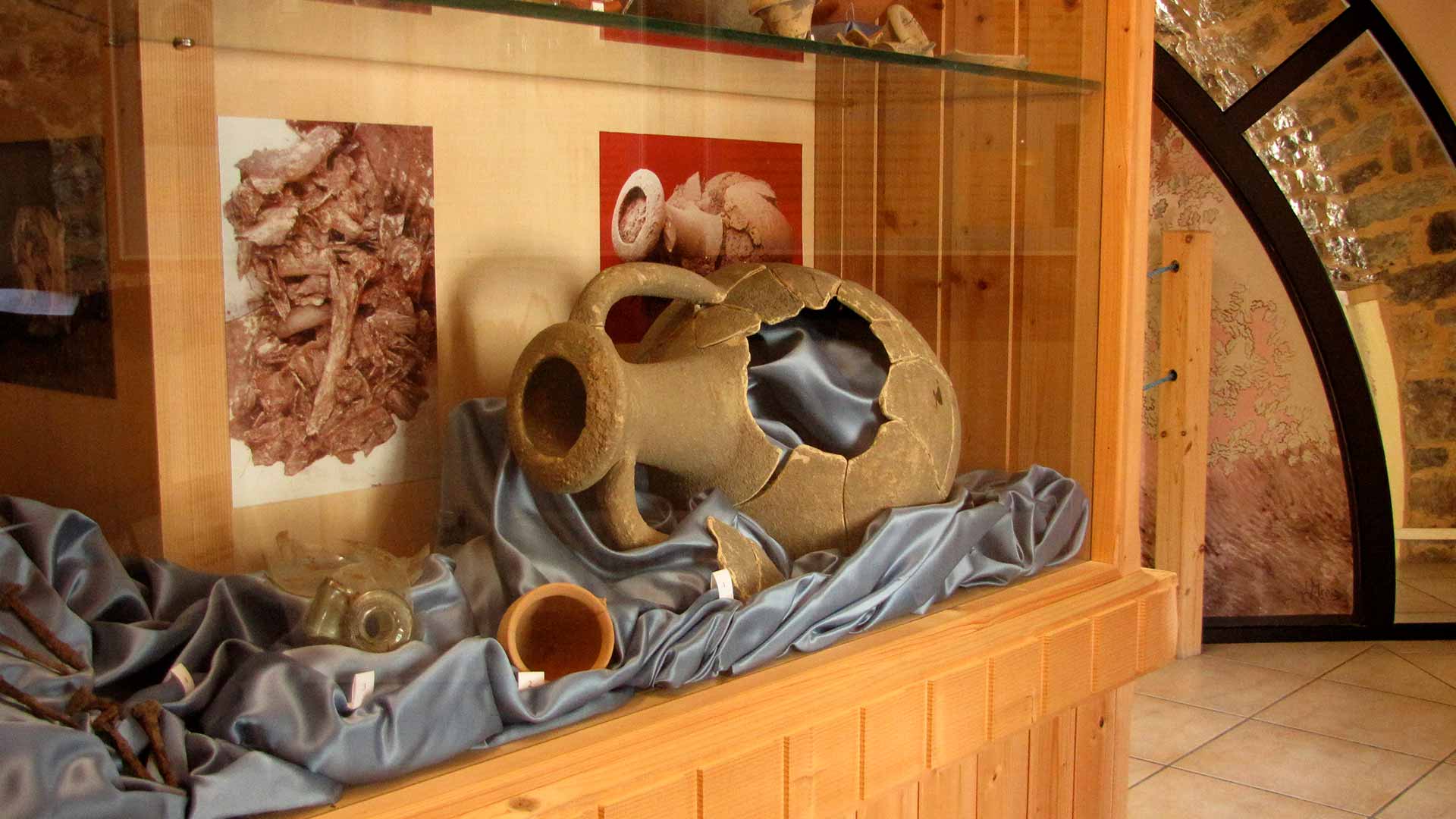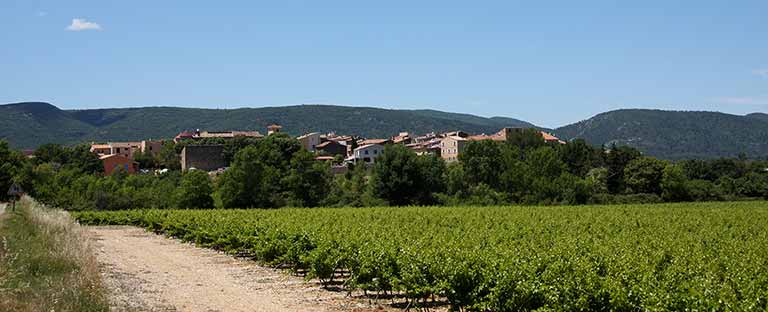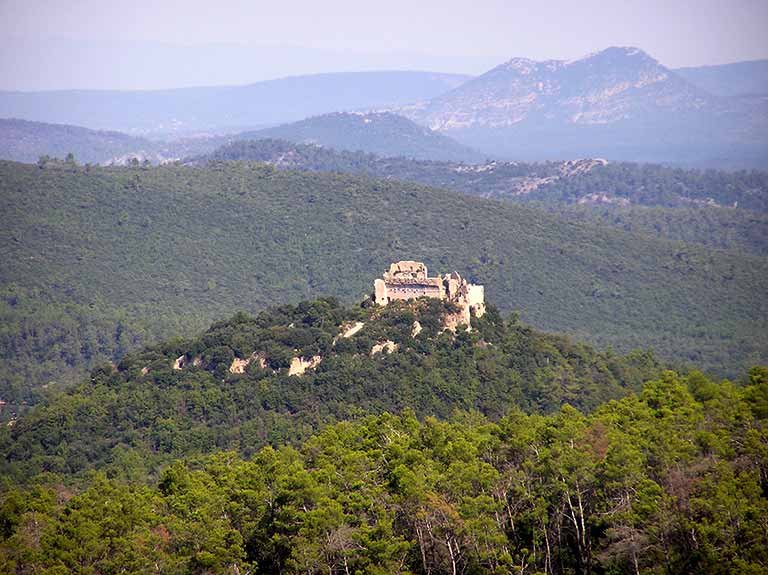
south of the territory
Today, while preparing the family home for a party my sister and I found ourselves in the attic looking at a large trunk. Pandora's box or a time machine? With some hesitation – and excitement - we lifted the lid. Inside, were old books and a notebook with a leather cover held by a shoelace. And engraved in gold lettering, our family name. After having found a more comfortable place, we started reading what appeared to be our family history.
FROM THE CHATEAU TO THE FIELDS

The story is actually told by an ancestor, apparently a monk. Then we are transported to an agricultural plain in the middle of which are several small villages: Néoules, Garéoult, La Roquebrussanne and Forcalqueiret. It all starts in Néoules, a small town that has kept all its Provencal identity with the "calades", the narrow cobbled streets, and a small square for cooling down in the shade of the plane trees. But Néoules, for my generation, is above all the mussels and chips restaurant, the Belgian brasserie, and the music festival which every year hosts big names like Sinsemilia, Charlelie Couture, Danakyl, Babylon, Circus, Sanseverino, Hubert Felix Thiefaine and many others. But let's go back to our lordly times, even if only the baptismal font donated by an ancestor in Méounes lès Montrieux remains. Of course, during the Revolution, some of the family had their heads cut off, others had to learn to work. Thus, having been able to keep some arable land, the former lords found themselves farmers like almost all the people living on the Issole plain. A generation later, the family settled down, mainly in Garéoult. One of them, our great-grandfather, more erudite than the others, acted as town hall secretary, hairdresser and continued his life as a farmer. Garéoult established itself over the years as the head of the canton even if administratively the responsibility fell to La Roquebrussanne. The farming village of Garéoult therefore metamorphosed. Reminders of ancient times remain: the centre of the village and its spiral streets, its charming church, the Saint Félix chapel, the communal oven and its necropolis (today visible in the town hall foyer).
But if there is one reminder that will always be engraved in my memory, it is the Clastre fountain. Our childminder, who I called auntie, used to take me there on sunny days to wash the household linen. I think the main purpose was to keep me busy but it was also an opportunity to pass on traditions so that one day I too could share them. If you pass by, stop and watch.
For us there are two kinds of washhouses: those where you wash standing up and those where you wash kneeling down. The one I'm talking about is a kneeling-down place. They were more than just a sort of washing machine, they were a place where women socialized, talked, consoled one another and passed on the tricks of the trade. The women would kneel on a pad lined with straw or pieces of cloth to make it more comfortable. This stayed after the washing was done, hanging from a nail on the inside wall of the washhouse. The washerwoman's initials were etched there. The washing was done using a bar of soap, before being rinsed, wrung out by beating it and then left to dry in the sun on the grass of the field next door.
LE CHÂTEAU DE LA SORCIÈRE

Don't worry, the witch's chateau doesn't really exist. Although the chateau itself does exist and is called Le Castellas, the witch came straight out of my childhood imagination. Located on a steep and rocky promontory between Forcalqueiret and Rocbaron, it overlooks the agricultural plain criss-crossed by the Issole river.
In the Middle Ages, it was the largest military building in Provence. Today, it is difficult to imagine it when you can only see the few walls that are still standing, even if they are impressive. When we were children, again with our auntie, we used to go there often to look for mushrooms, wild asparagus, and blackberries, but most of all to play. Inside, we could see a cistern in the kitchens, two large vaulted rooms with large fireplaces and huge openings offering a magnificent panorama of the plain. Finally, what I remember best are some of the details: gun slits, small stone window seats in the recesses. We pretended we were princesses kidnapped by an ugly witch and that we were waiting for our Prince Charming, sitting by the window looking at the monumental fireplace. Due to lack of maintenance, the fortress is now almost completely ruined, access is forbidden because it is unsafe and stones are in danger of falling at any time. The best way to see it is at night because the ruins are lit up which restores the monument to its former splendour.
After wandering through our childhood, we return to the present, soothed and accompanied by a feeling of well-being. We resume our activities, eager to welcome the rest of the troop and share our discovery with them.
Please note that the Castellas ruins are closed to visitors as they are dangerous.